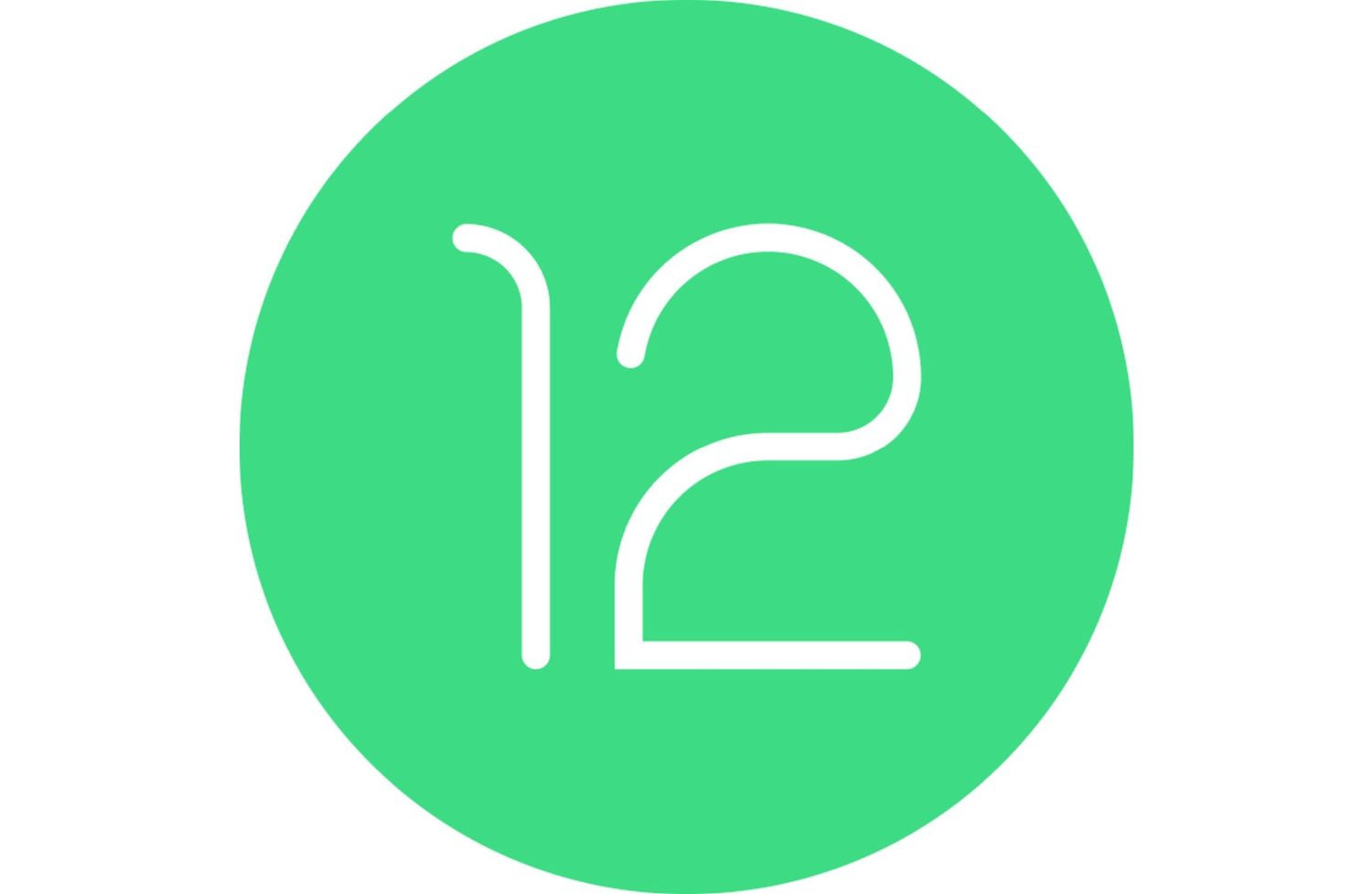Android 12: Das sind die wichtigsten Neuerungen in der dritten und zugleich letzten Developer Preview (Video)

Google hat die dritte und letzte Android 12 Developer Preview für alle interessierten Pixel-Nutzer veröffentlicht. Genau einen Monat nach der zweiten Entwicklervorschau und einen Monat vor der erwarteten ersten Beta gibt es auch in der DP3 wieder eine Reihe von Neuerungen zu entdecken. Wer sich die Installation aus gutem Grund nicht selbst zutraut, kann sich hier nun alle Änderungen als Video ansehen.

Google ist voll im Zeitplan und hat am Mittwoch die Android 12 Developer Preview 3 veröffentlicht. Diese folgt etwa zwei Wochen nach den kürzlich eingelegten Zwischenversionen 12 DP 2.1 sowie 12 DP 2.2, die eine ganze Reihe von Bugfixes an Bord hatten. Auch mit der dritten Developer Preview gibt es viele Fehlerbehebungen sowie eine Reihe von neuen Funktionen.
Die wichtigsten Änderungen im Überblick:
- Improved app launch experience – In Android 12 we’re making app startup a more consistent and delightful experience. We’ve added a new app launch animation for all apps from the point of launch, a splash screen showing the app icon, and a transition to the app itself.
- New call notification template – Incoming and ongoing calls are important to users and they need to be easy to see and manage. In Android 12 we’re improving call notifications to give them more visibility and scannability, and improve their consistency with other notification components.
- New permission for exact alarms – Alarms are an important way for apps to schedule work. In most cases, apps should use inexact alarms, which have the advantage of being battery-friendly. Android manages these alarms to minimize wakeups and battery impacts, such as through Doze and App Standby.
- Improved web linking – In Android 12 we’re making some changes to help users get to their content faster and more seamlessly. First, we’ve changed the default handling of links that aren’t verified through Android App Links or manually approved for links by the user. Now the OS will directly open them in the default browser, rather than showing a chooser dialog.
- Rich haptic experiences – We’re expanding the tools we offer for creating informative haptic feedback for UI events, immersive and delightful effects for gaming, and attentional haptics for productivity. We’ve added expressive effects like low tick that take advantage of the broader frequency bandwidth of the latest actuators. Game developers can now access multiple, different actuators independently in game controllers to deliver the same effect synchronously or different haptic effects on multiple actuators.
- Video encoding improvements – Android 12 standardizes the set of keys for controlling the range of the video Quantization Parameters (QP), allowing developers to avoid vendor-specific code.
- Camera2 vendor extensions – Many of our device manufacturer partners have built custom camera effects—such as bokeh, HDR, night mode, and others—that they want apps to use to create differentiated experiences on their devices. We’ve already supported these custom effects through a set of vendor extensions in our CameraX library, and now in Android 12 we’re exposing the vendor extensions directly in the platform as well.
- Quad bayer camera sensor support – Many Android devices today ship with ultra high-resolution camera sensors, typically with Quad / Nona Bayer patterns, and these offer great flexibility in terms of image quality and low-light performance. In Android 12, we’re introducing new platform APIs that let third-party apps take full advantage of these versatile sensors.
- Faster machine learning – In Android 12, we invested in key areas so that developers can make the most of ML accelerators and always get the best possible performance through the Neural Networks API.
- Standardizing GPU compute – We are deprecating the RenderScript APIs in favor of cross-platform GPU compute solutions such as Vulkan and OpenGL.
- Better debugging for native crashes – You’ve told us that debugging NDK-related crashes can be challenging. We’re making this easier in Android 12 by giving you more actionable diagnostics.
- More-flexible backup configurations – Android’s backup service lets users restore or migrate their data to a new device effortlessly. Apps are central to the experience, enabling users to easily transfer app data and continue where they left off. The backup service supports both cloud backups to Google Drive and device-to-device transfers, and developers can take advantage of these with minimal changes in their apps. For apps targeting Android 12, we’re improving the service to give you more flexibility and control.
Wir haben euch bereits alle wichtigen Neuerungen in der ersten Developer Preview und der zweiten Developer Preview ausführlich vorgestellt und mit obigem Video folgt nun erst einmal der Abschluss der Vorschau-Phase. Wie üblich gibt es in der letzten Preview nur Detailänderungen, während für die kommende Beta wieder viele Neuerungen erwartet werden.
Die direkten Downloadquellen findet ihr unter folgendem Link:
» Android 12 Downloadlinks für die Pixel-Smartphones
» Android 12: Alle Neuerungen in der ersten Developer Preview
» Android 12: Alle Neuerungen in der zweiten Developer Preview
» Android 12: Alle Leaks aus der kommenden ersten Beta
[Ankündigung im Android Developers-Blog]
GoogleWatchBlog bei Google News abonnieren | GoogleWatchBlog-Newsletter




